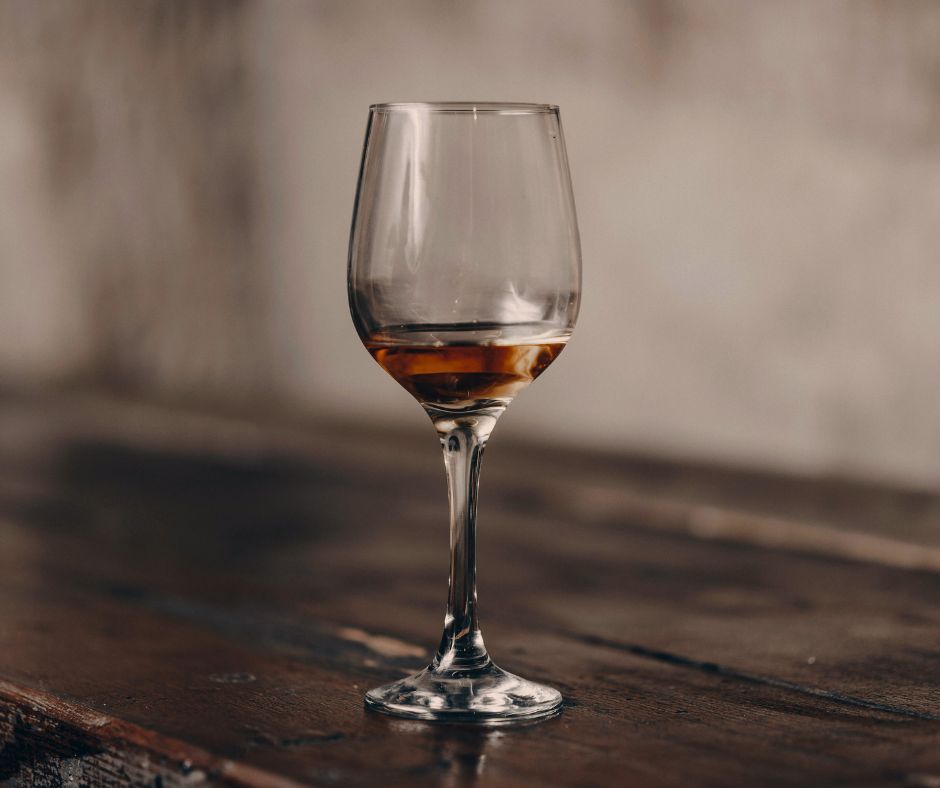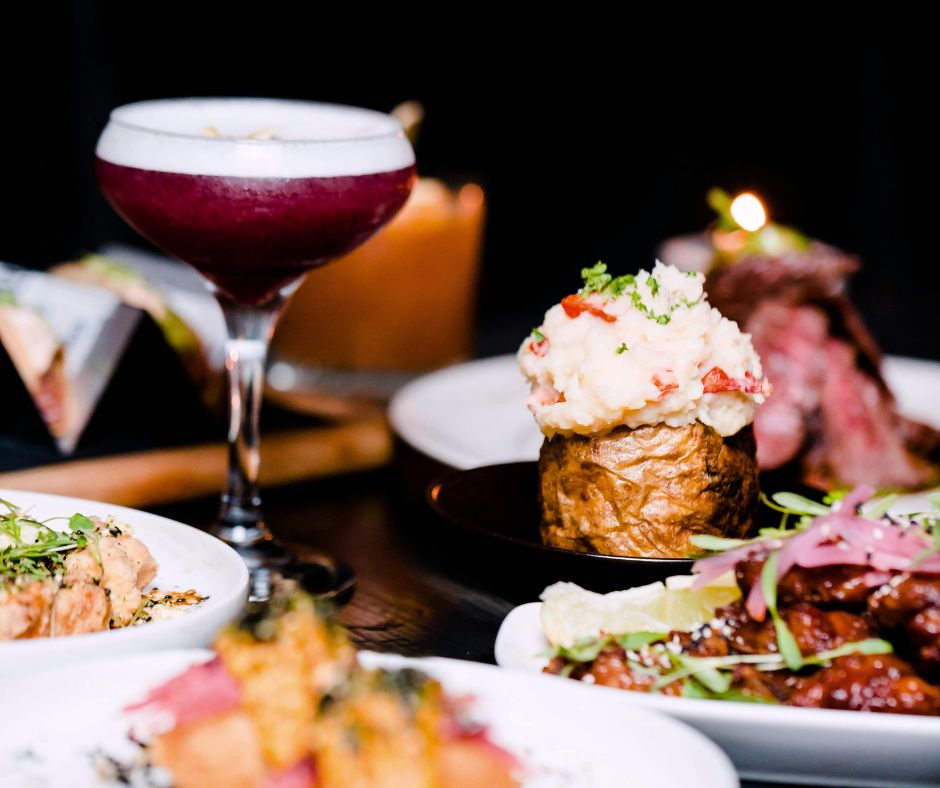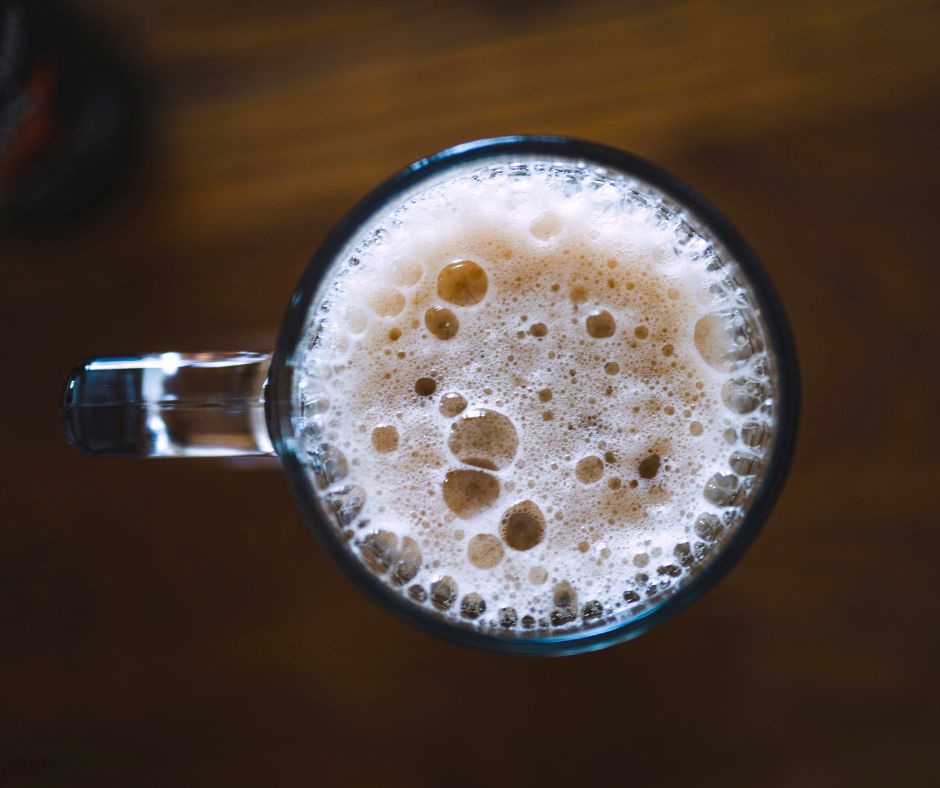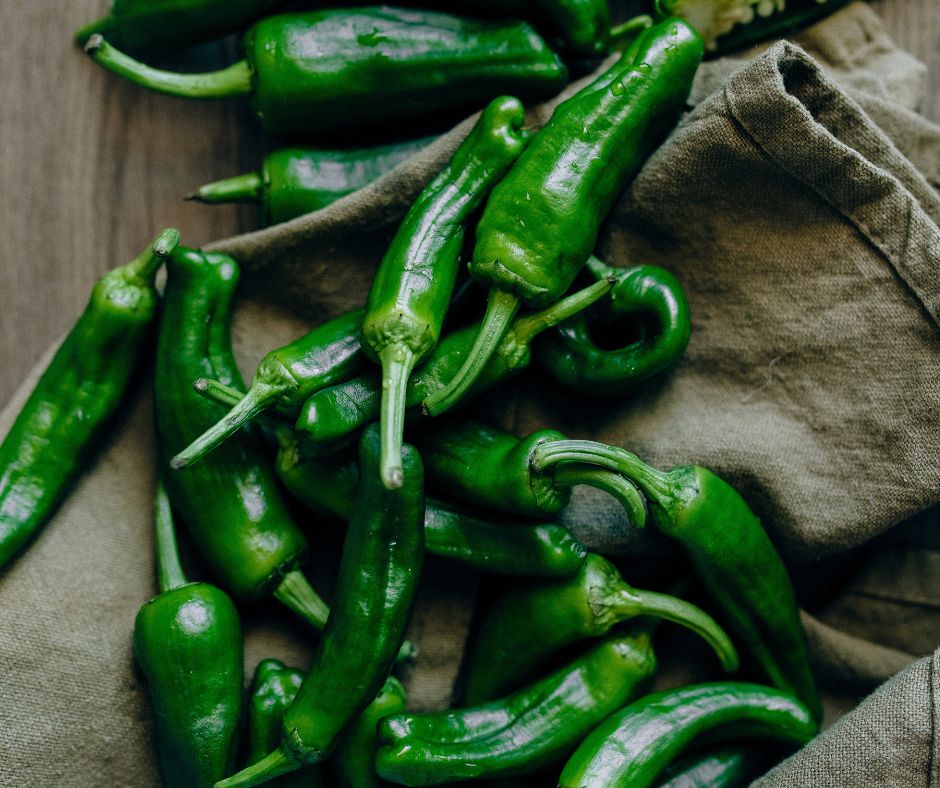At Pairable™, we love a good underdog story. And when it comes to misunderstood wines, Sherry takes the crown. Most people think of it as grandma’s dusty bottle or something you cook with — but Sherry is actually one of the most versatile, food-friendly wines on the planet.
The trick is knowing which Sherry to pour — and how to match its bold, nutty personality with the right dishes. That’s where Aiza™ steps in.
What Even Is Sherry?
Sherry is a fortified wine — meaning extra alcohol (in this case, grape spirit) is added during production. It must come from the Sherry Triangle in Andalucia, Spain — this is protected by DO (Denominación de Origen) laws.
The triangle’s three towns:
- Jerez de la Frontera
- Sanlúcar de Barrameda
- El Puerto de Santa María
If it’s made anywhere else, it’s not legally Sherry — simple as that.
Dry Sherry gets fortified after fermentation to a fully dry base wine. Sweet Sherry gets fortified before fermentation finishes, leaving natural grape sugar intact.
If a bottle calls itself Sherry,
But the real magic is in the aging process, where Sherry develops its signature nutty, oxidative flavors or its light, salty snap.
The Solera System – Sherry’s Secret Aging Trick
When it comes to Sherry, age matters — but not the way it does for a Bordeaux or a Napa Cab. Instead of aging one vintage at a time, Sherry follows a layered blending process called the Solera System, and understanding it is the key to unlocking better pairings.
The Barrel Hierarchy – The Real Structure Behind the Solera System
Here’s how the system actually works inside the bodega:
| Level | Name | What It Holds |
| Top | Sobretabla | The newest wine, just fermented and awaiting its fate. Not technically part of the Solera yet. |
| Middle Rows | Criaderas | These are the working layers — progressively older wine as you move down. |
| Bottom | Solera | The oldest wine, closest to bottling. This is the system’s foundation. |
The Process: Saca & Rocía
Each time Sherry is bottled, only a small portion is drawn from the solera row — this removal is called the Saca. Once wine is removed, the system feeds younger wine down to replace it. The first criadera replenishes the solera. The second criadera replenishes the first, and so on. This refilling process is called Rocía.
Finally, the Sobretabla — the freshest wine that just finished fermentation — enters the top criadera and starts its long journey through the stack.
What This Does to Flavor
- Layered Complexity: Every bottle reflects not just one year, but a layered history of vintages.
- House Consistency: Each release maintains the bodega’s signature profile.
- Controlled Evolution: As the wine ages, it gains either:
- Flor character (under yeast) for Fino and Manzanilla.
- Oxidative depth (with air contact) for Oloroso and Amontillado.
Dry Sherries: Salty, Nutty, and Ready for a Challenge
Best Known Styles:
- Fino: Bone dry, super light, tangy, and salty.
- Manzanilla: Like Fino, but even more delicate — aged by the sea.
- Amontillado: Starts life like Fino but ages longer, gaining nuttiness and a darker hue.
- Palo Cortado: A rare hybrid — it starts like Fino but evolves into something richer and darker.
- Oloroso: No protective flor yeast here — all oxygen aging, making it rich, nutty, and bold.
Pairing Playbook
- Fino & Manzanilla love salty snacks, olives, almonds, sushi, and seafood. The salty congruence is unbeatable.
- Amontillado thrives with roast chicken, aged cheese, Charcuterie boards with Iberico meats and earthy mushrooms — a nutty congruence with savory depth.
- Oloroso stands up to grilled meats, hard cheeses, and rich stews, offering complementary oxidative richness.
Semi-Sweet Sherries: A Richer Offering
Best Known Styles:
- Pale Cream: Starts as Fino or Manzanilla and is slightly sweetened
- Medium Cream: Begins as Amontillado or Oloroso, is sweetened and develops nutty and caramel notes
Pairing Playbook
- Pale Cream Sherry can complement foie gras, smoked salmon or melon wrapped prosciutto
- Medium Cream Sherry can lift spiced Moroccan chicken, aged gouda cheese or complement a sweet potato gratin.
Sweet Sherries: Dessert’s Secret Weapon and More
Best Known Styles:
- Pedro Ximénez (PX): Thick, syrupy, ultra-sweet — think liquid raisins.
- Cream Sherry: A blend of dry and sweet styles, often served chilled.
- Moscatel: Fragrant, floral, and sweet — often with notes of orange blossom, honey, and spice.
Pairing Playbook
- PX shines with blue cheese, chocolate desserts, and sticky toffee pudding — a luxurious congruence.
- Cream Sherry softens spiced cakes, caramel desserts, and even pâté — leaning into sweet-meets-savory contrast.
- Moscatel elevates fruit tarts, almond cakes, and even baklava — a floral and nutty congruence, with complementary acidity to keep things lively.
Why This Makes Sherry a Pairing Powerhouse
Sherry’s built-in layered flavor profile makes it shockingly versatile. It can handle:
✅ Salty Tapas
✅ Seafood
✅ Umami Powerhouses like Mushrooms or Soy
✅ Grilled Meats
✅ Decadent Desserts
Common Pairing Mistakes (Don’t Let This Be You)
❌ Thinking Sherry only works with tapas.
❌ Assuming Sherry has to be sweet.
❌ Forgetting that temperature matters (serve dry Sherries chilled and sweet ones slightly cooler than room temp).
❌ Overlooking Sherry for umami-rich foods like mushrooms, soy sauce, and aged cheese — where it actually shines.
Sherry is a Shape-Shifter — Let Aiza™ Help
With so many styles and so many possible dishes, Sherry pairings are tricky — but that’s exactly the kind of challenge Aiza™ was made for. Whether you’re ordering seafood, tapas, roast meats, or even dessert, Pairable™ makes sure your Sherry works with your plate, not against it.
Ready to See What Sherry Can Do?
Let’s break it out of the dusty cupboard and onto the dinner table.
Download Pairable™ and let Aiza™ unlock your perfect Sherry pairing — tailored to your taste and your meal.








